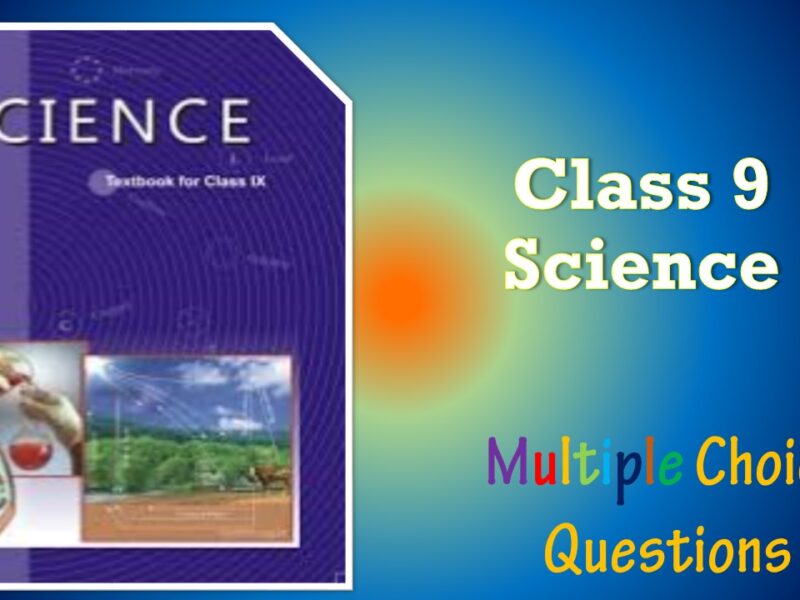CBSE Class 11 Chemistry Chapter 10 The s Block Elements Multiple Choice Questions with Answers. MCQ Questions Class 11 Chemistry The s Block Elements with Answers was Prepared Based on Latest Exam Pattern. Students can solve NCERT Class 11 Chemistry The s Block Elements MCQs with Answers to know their preparation level.
Students who are searching for NCERT MCQ Questions for Class 11 Chemistry The s Block Elements with Answers are compiled here to get good practice on all fundamentals. Know your preparation level on MCQ Questions for Class 11 Chemistry with Answers. You can also verify your answers from our provided MCQ Class 11 Chemistry The s Block Elements with Answers. So, ace up your preparation with MCQ of Chapter 10 Chemistry Objective Questions.
MCQ Questions Class 11 Chemistry The s Block Elements with Answers - Set - 1
Question 1:
The composition of Sorels cement is
(a) KCl × MgCl2× 6H2O
(b) MgCl2 × 5MgO × (xH2O)
(c) MgCO3 × CaCO3
(d) CaSO4 × 2H2O
Correct Answer – (B)
Mixture of MgCl2 and MgO is called Sorels cement. It is MgCl2 × 5MgO × (xH2O)
Question 2 :
The wire of flash bulb is made up of:
(a) Mg
(b) Ag
(c) Cu
(d) Ba
Correct Answer – (A)
Magnesium metal is used for the preparation of the wire of flash bulb
Question 3 :
The substance not likely to contain CaCO3 is
(a) Dolomite
(b) A marble statue
(c) Calcined gypsum
(d) Sea shells.
Correct Answer – (C)
The composition of gypsum is CaSO4 ∙2H2O. It does not have CaCO3
Question 4 :
What are Oxo-Acids?
(a) Acid containing Oxygen
(b) Acid containing Sulphur
(c) Acid containing Carbon
(d) None of the Above
Correct Answer – (A)
An oxyacid, oxoacid, or ternary acid is an acid that contains oxygen. Specifically, it is a compound that contains hydrogen, oxygen, and at least one other element, with at least one hydrogen atom bond to oxygen that can dissociate to produce the H+ cation and the anion of the acid. e.g., carbonic acid, H2CO3 (OC(OH)2; sulphuric acid, H2SO4 (O2S(OH)2)
Question 5 :
Solvays process is used for the manufacture of :
(a) NaOH
(b) (Na2CO3. 10H2O)
(c) K2CO3
(d) Na2O2
Correct Answer – (B)
The Solvay process or ammonia soda process is used for the manufacture of sodium carbonate
(Na2CO3. 10H2O).
MCQ Questions Class 11 Chemistry The s Block Elements with Answers
Question 6 :
The basic strength of which hydroxide is maximum
(a) LiOH
(b) NaOH
(c) Ca (OH)2
(d) KOH.
Correct Answer – (D)
The basic strength increases down the group and decreases along a period
Question 7 :
Carnallite is the mineral of:
(a) Na
(b) Ca
(c) Mg
(d) None of the Above
Correct Answer – (C)
Carnallite is an evaporite mineral a hydrated potassium magnesium chloride. It is variably coloured yellow to white, reddish or blue. It occurs with a sequence of potassium and magnesium evaporite. It is an uncommon double chloride mineral that forms under specific conditions. It is an important source of potash.
Question 8 :
In curing cement plasters, water is sprinkled from time to time. This helps in
(a) Converting sand into silicic acid
(b) Keeping it cool
(c) Developing interlocking needle like crystals of hydrated silicates
(d) Hydrating sand and gravel mixed with cement.
Correct Answer – (C)
Explanation:
Water develops interlocking needle like crystals of hydrated silicates. The reactions involved are the hydration of calcium aluminates and calcium silicates which change into their colloidal gels.
At the same time, some calcium hydroxide and aluminium hydroxides are formed as precipitates due to hydrolysis. Calcium hydroxide binds the particles of calcium silicate together while aluminium hydroxide fills the interstices rendering the mass impervious
Question 9 :
Alkali metals give a _________________when dissolved in liquid ammonia
(a) Deep blue solution
(b) Colourless
(c) Red colour
(d) None of the Above
Correct Answer – (A)
When an alkali metal is dissolved in liquid ammonia, it results in the formation of a deep blue coloured solution. The ammoniated electrons absorb energy corresponding to a red region of visible light. Therefore, the transmitted light is blue in colour
Question 10 :
CsOH is
(a) Strongly basic
(b) Weakly basic
(c) Slightly acidic
(d) Amphoteric.
Correct Answer – (A)
Caesium hydroxide or cesium hydroxide (CsOH) is a chemical compound consisting of caesium ions and hydroxide ions. It is a strong base (pkb = -1.76), much like the other alkali metal hydroxides such as sodium hydroxide and potassium hydroxide.
- NCERT Solutions Class 11 Chemistry Chapter 1 : Some Basic Concepts of Chemistry
- NCERT Solutions Class 11 Chemistry Chapter 2 : Structure Of The Atom
- NCERT Solutions Class 11 Chemistry Chapter 3 : Classification of Elements and Periodicity in Properties
- NCERT Solutions Class 11 Chemistry Chapter 4 : Chemical Bonding and Molecular Structure
- NCERT Solutions Class 11 Chemistry Chapter 5 : States of Matter
- NCERT Solutions Class 11 Chemistry Chapter 6 : Thermodynamics
- NCERT Solutions Class 11 Chemistry Chapter 7 : Equilibrium
- NCERT Solutions Class 11 Chemistry Chapter 8 : Redox Reactions
- NCERT Solutions Class 11 Chemistry Chapter 9 : Hydrogen
- NCERT Solutions Class 11 Chemistry Chapter 10 : The s-Block Elements
- NCERT Solutions Class 11 Chemistry Chapter 11 : The p-Block Elements
- NCERT Solutions Class 11 Chemistry Chapter 12 : Organic Chemistry: Some Basic Principles and Techniques
- NCERT Solutions Class 11 Chemistry Chapter 13 : Hydrocarbons
- NCERT Solutions Class 11 Chemistry Chapter 14 : Environmental Chemistry



